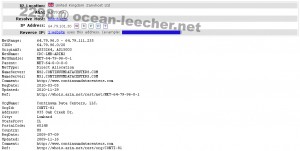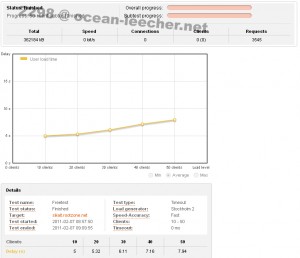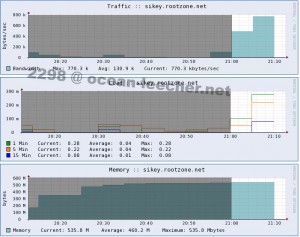This thing’s quite confusing me when i was trying to install FFMPEG and FFMPEG-PHP extension. You know it was always very easy if you’re install it from yum or rpm, but CentOS even EPEL doesn’t provide FFMPEG in their repository, so it is a bit bothering me if i had to use repository other than CentOS or EPEL, and that’s why i’m trying to install it from source. I was googling and found a lot of ‘how to’ about this, but they didn’t give a complete tutorial, also when there’s an error in dependency, i had to googling again until i found the solution. I had succeeded installing FFMPEG and FFMPEG-PHP extension both on 32bit / 64bit CentOS 5.6 and Ubuntu 10.10 Maverick, here’s the tutorial and the errors with solutions during the process of me installing FFMPEG.
I assume that your box is already installed with PHP, here as the example i’m using preinstalled NginX, MySQL, PHP from NginX Auto Installer without FFMPEG. First we’re going to install codecs and dependencies, after that FFMPEG and FFMPEG-PHP.
note:
Lib directory CentOS 32bit is /usr/lib
Lib directory CentOS 64bit is /usr/lib64
Lib directory Ubuntu 32bit and 64bit is /usr/lib64
YASM
wget http://pkgs.serversreview.net/files/yasm-1.1.0.tar.gz tar -zxvf yasm-1.1.0.tar.gz cd yasm-1.1.0 ./configure --prefix=/usr --libdir=/usr/lib make make install






